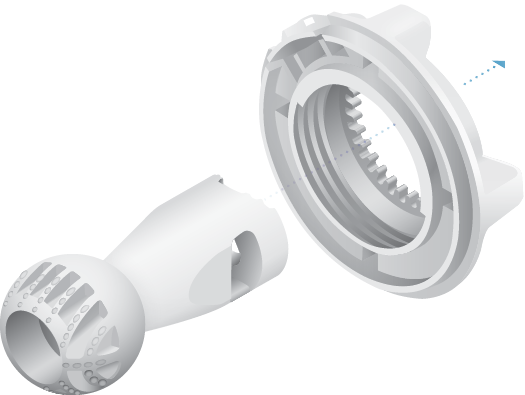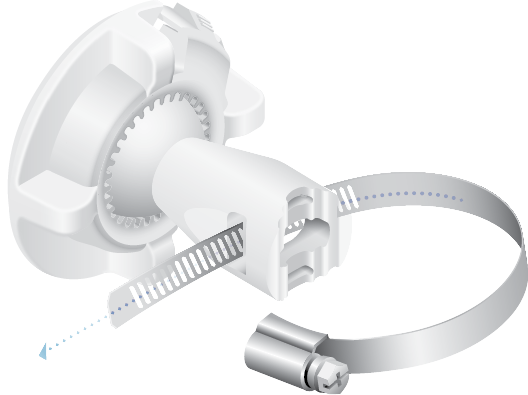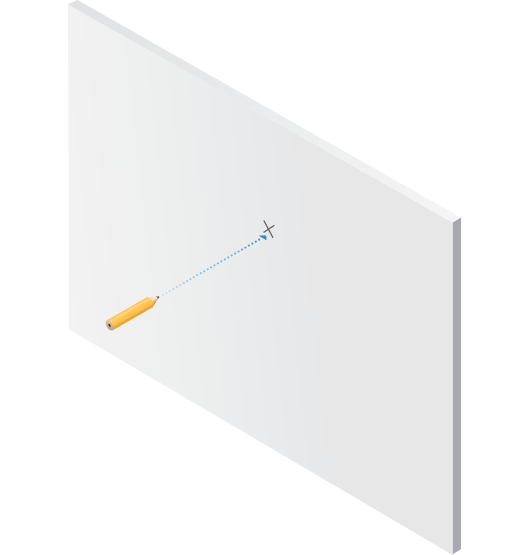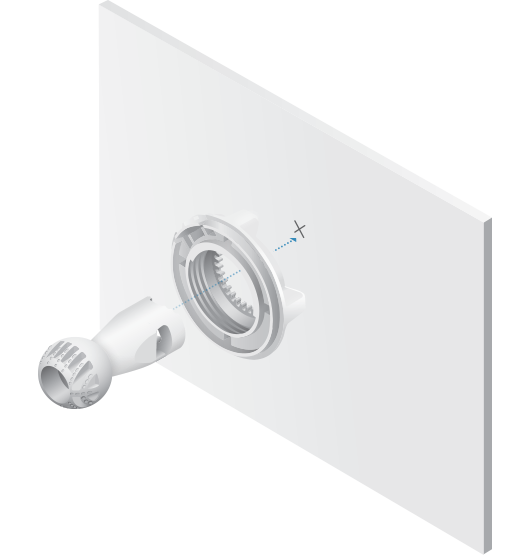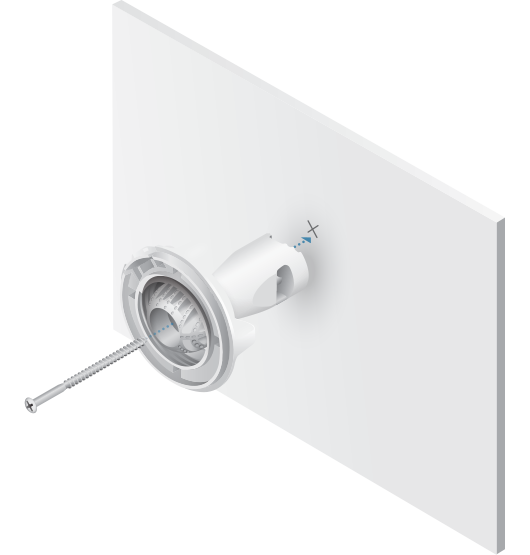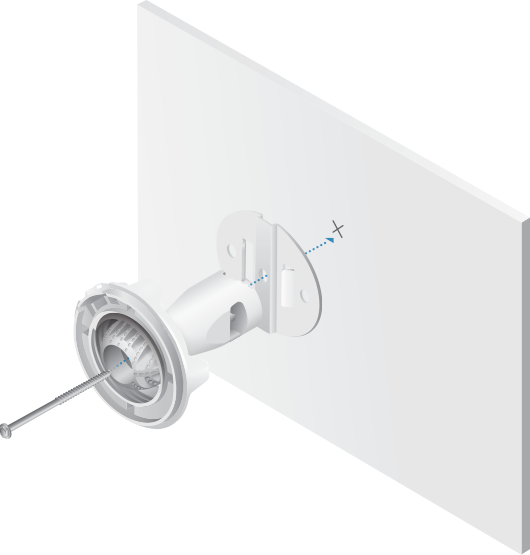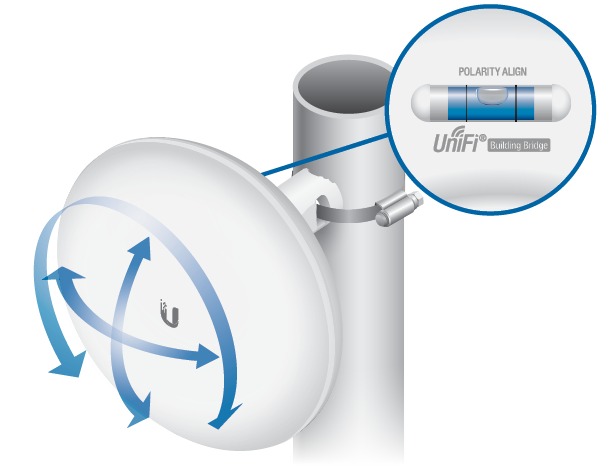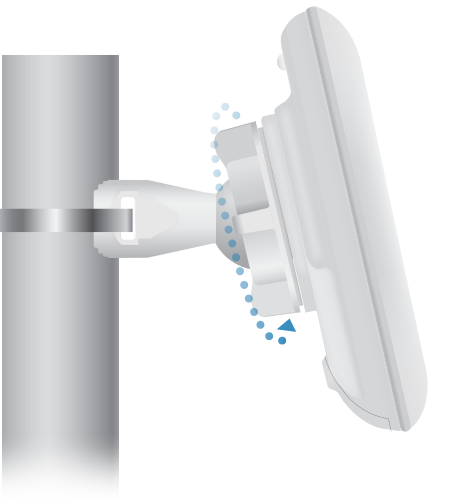Package Contents
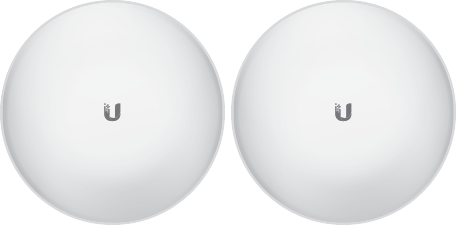 |
|---|
| UBB (Qty. 2) |
 |
|---|
| Ball Joint Mount (Qty. 2) |
 |
|---|
| Lock Ring (Qty. 2) |
 |
|---|
| Metal Strap (Qty. 2) |
 |
|---|
| Gigabit PoE (48V, 0.32A) with Mounting Bracket (Qty. 2) |
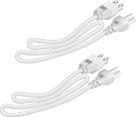 |
|---|
| Power Cord (Qty. 2) |
System Requirements
- One of the following:
- UniFi Cloud Key (1.0.5 or newer) or UniFi Dream Machine (1.0.1 or newer)
- Linux, Mac OS X, or Microsoft Windows 7/8/10
- Java Runtime Environment 1.6 (1.8 or newer recommended)
- UniFi Network Application v5.12.x (or newer), available at: ui.com/download/unifi
- UniFi Network App (iOS or Android™) or Web Browser (Google Chrome preferred)
Installation Requirements
- Pole-mounting: 8 mm socket wrench or screwdriver
- Wall-mounting: wall fastener (not included)
- The device needs to have clear line of sight to the sky for proper GPS operation.
- Shielded Category 5 (or above) cabling with drain wire should be used for all wired Ethernet connections and should be grounded through the AC ground of the PoE.
We recommend that you protect your networks from harmful outdoor environments and destructive ESD events with industrial-grade, shielded Ethernet cable from Ubiquiti. For more details, visit ui.com/toughcable
- Surge protection should be used for all outdoor installations. We recommend that you use two Ethernet Surge Protectors, model ETH-SP-G2, one near the device and the other at the entry point to the building. The ETH-SP-G2 will absorb power surges and safely discharge them into the ground.

Hardware Overview
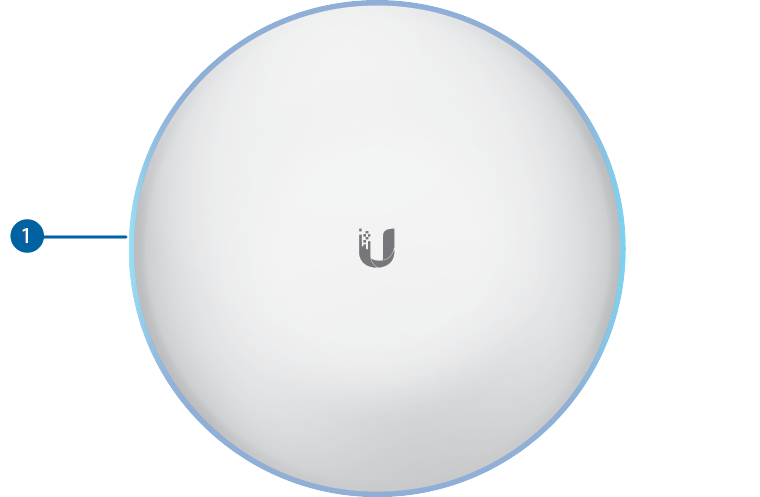
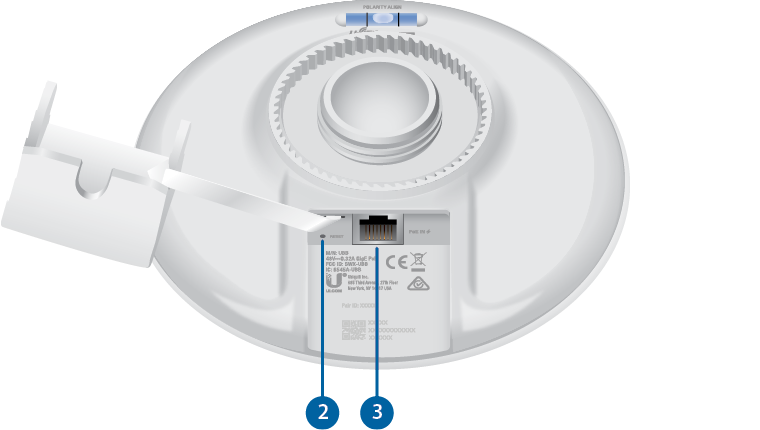

System LED |
|||
|---|---|---|---|
Flashing White |
Initializing. |
||
White |
Factory defaults, waiting for integration. |
||
Alternating White/Blue |
Device is busy; do not touch or unplug it. This usually indicates that a process such as a firmware upgrade is taking place. |
||
Blue |
Successfully integrated into a network and working properly. |
||
Flashing |
This is used to locate a device. When you click Locate in the UniFi Network Application, the LED will flash blue. The software will also display the location of the device on the map. |
||
Red with Circulating Blue LED |
The 60 GHz link cannot be established or has dropped due to bad weather. If the UBB fails over to 5 GHz, the LED will remain red. When the 60 GHz link is re-established, the LED will turn blue or the custom color you selected in the UniFi Network Application.
|
||
Green |
In the Manage Device section of the UniFi Network Application, you can enable the Alignment Tool. When the UBB devices are properly aligned, the LED will turn green.
|
||

Reset Button |
|||
Resets to factory defaults. The device should be running after bootup is complete. Press and hold the Reset button for about 10 seconds until the LED starts flashing and then becomes solidly lit. After a few seconds, the LED will turn off, and the device will automatically reboot.
|
|||

Ethernet Port |
|||
Local UBB radio (source LAN) This Gigabit Ethernet port is used to connect the power and should be connected to the LAN and DHCP server. Remote UBB radio (bridged LAN) This Gigabit Ethernet port is used to connect the power and should be connected to the LAN. It will receive its IP address from the DHCP server via the wireless link to the local UBB radio.
|
|||
Hardware Installation
For each UBB radio, go to the appropriate mounting instructions: Pole Mounting or “Wall Mounting”.
Pole-Mounting
Wall Mounting
The device must be mounted directly to a wood stud or other structurally stable surface to avoid damage to the mounting hole when you adjust the aim.
Optional Accessory
To enhance stability, you can use the NanoBeam® Wall Mount Kit, model NBE-WMK (sold separately).

|
|
Note: Center screw included. Two optional screws (not included) provide additional stability. |
|---|
Installation Instructions
Fastener (not included) |
OR |
NanoBeam Wall Mount Kit |
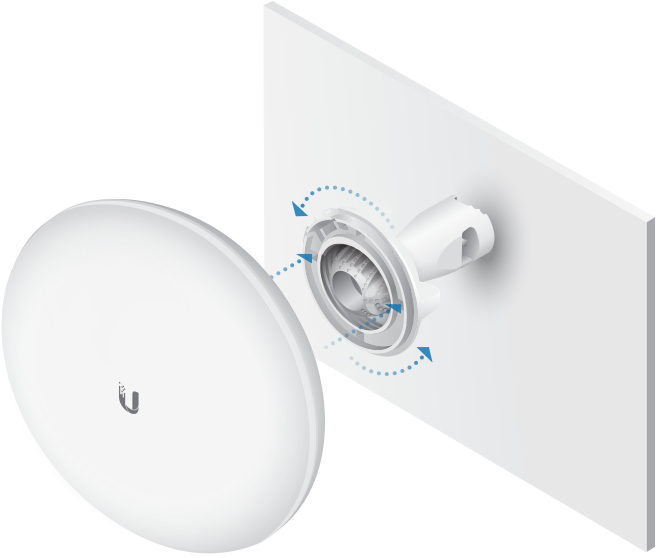
Aiming
Visually aim the UBB radios at each other:
Connecting Power
For each UBB radio:
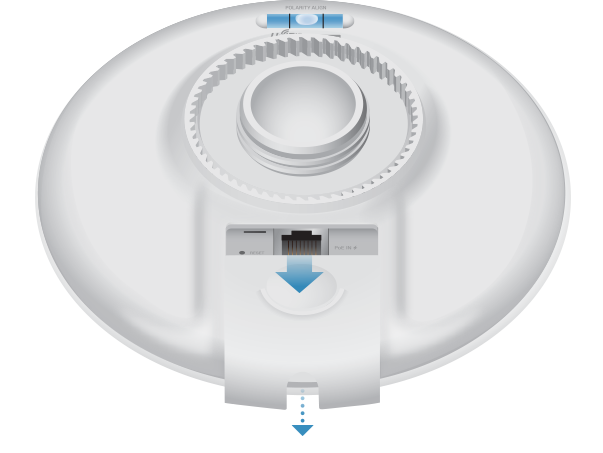

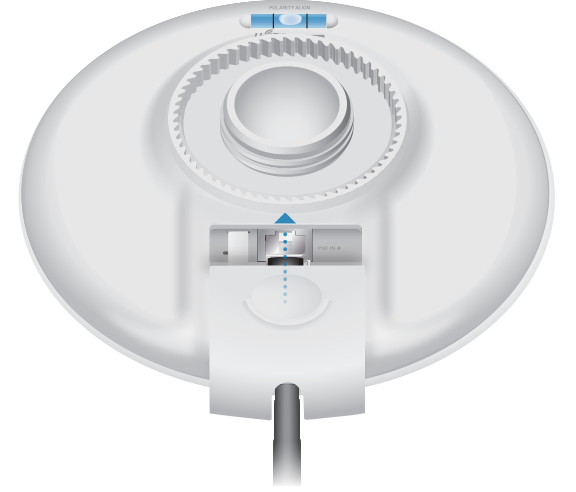

WARNING: The switch port must comply with the power specifications listed in the Specifications section of this Quick Start Guide.

OR
![]()
Optional

Specifications
|
UBB |
|
|
Dimensions |
140 x 140 x 90 mm (5.51 x 5.51 x 3.54") |
|---|---|
|
Weight |
376 g (13.3 oz) |
|
Antenna Gain |
|
| 2.4 GHz (BLE) | 2 dBi |
| 5 GHz | 10 dBi |
| 60 GHz | 17.2 dBi |
|
GPS |
Yes |
|
Networking Interface |
10/100/1000 Ethernet Ports Bluetooth for Management |
|
Enclosure |
UV-Resistant Polycarbonate |
|
Power Method |
802.3af Supported Passive Power over Ethernet (48V) |
|
Power Supply |
UniFi PoE Switch 48V, 0.32A Gigabit PoE Adapter (Included) |
|
Max. Power Consumption |
11W |
|
Wind Loading |
56 N @ 200 km/h (12.6 lbf @ 125 mph) |
|
Wind Survivability |
200 km/h (125 mph) |
|
Mounting |
Pole-Mount (Kit Included) Wall-Mount (Not Included) |
|
ESD/EMP Protection |
± 24kV Contact/Air |
|
Operating Temperature |
-40 to 60° C (-40 to 140° F) |
|
Operating Humidity |
5 to 95% Noncondensing |
|
Certifications |
CE, FCC, IC |
|
Operating Frequency (MHz) |
||
|
Worldwide |
5150 - 5875 |
|
|---|---|---|
|
US/CA |
U-NII-1: |
5150 - 5250 |
U-NII-2A | 5250 - 5350 | |
U-NII-2C | 5470 - 5725 | |
|
U-NII-3: |
5725 - 5850 | |
|
57,000 - 67,000 |
||
|
Bluetooth (MHz) |
|
|
Worldwide |
2400 - 2483.5 |
|---|---|




